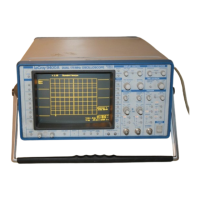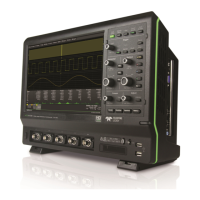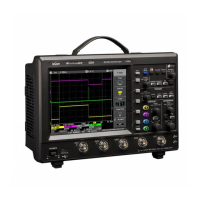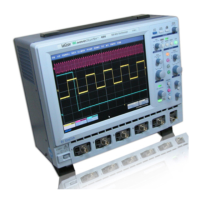System Commands 5
used. the back-slash character (’\’) is used as an escape charac-
ter. The following escape sequences are recognized:
"\a": Bell character,
"\b "
Back space character,
"\e ""
Escape character,
"\n ": Line feed character,
"\r":
Carriage return character,
"\t":
Horizontal tab character,
"\k": The back-slash character itself
"\ddd"" ddd represents one to three decimal digit characters giv-
ing the code value of the corresponding ASCII
character. This allows any ASCII code in the range 1 to
127 to be inserted.
Before using the string, the oscilloscope will replace the escape
sequence by the corresponding ASCH character.
For example, the escape sequences "\r", "\13" and "\013"
all replaced by the single ASCII character <Carriage Return>.
Notation
DUPLEX duplex
El
EO
End output string LL
LS Line separator
SRQ
End input character
Line length
SRQ Service request
COMMAND SYNTAX
COmm_RS232 DUPLEX,<duplex>,EI,<ei char>,
EO, ’<co string>’, LL, <line_length>, LS ,<Line_sep>,
SRQ, ’<srq__string>’
<duplex> := FULL (only full duplex is currently implemented)
<ei_char> := 1 to 126 (default: 13 = <CR>)
<eo string> := A non-empty ASCII string of up to 20 characters.
(default: "\nkr’)
<line_length> := 40 to 1024 (default: 256)
<line_sep> := {OFF, CR, LF, CRLF}
(default: OFF)
<srq_string> := An ASCII string which may be empty.
(default: empty string)
57
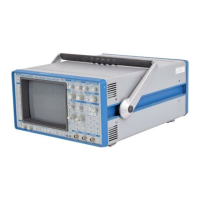
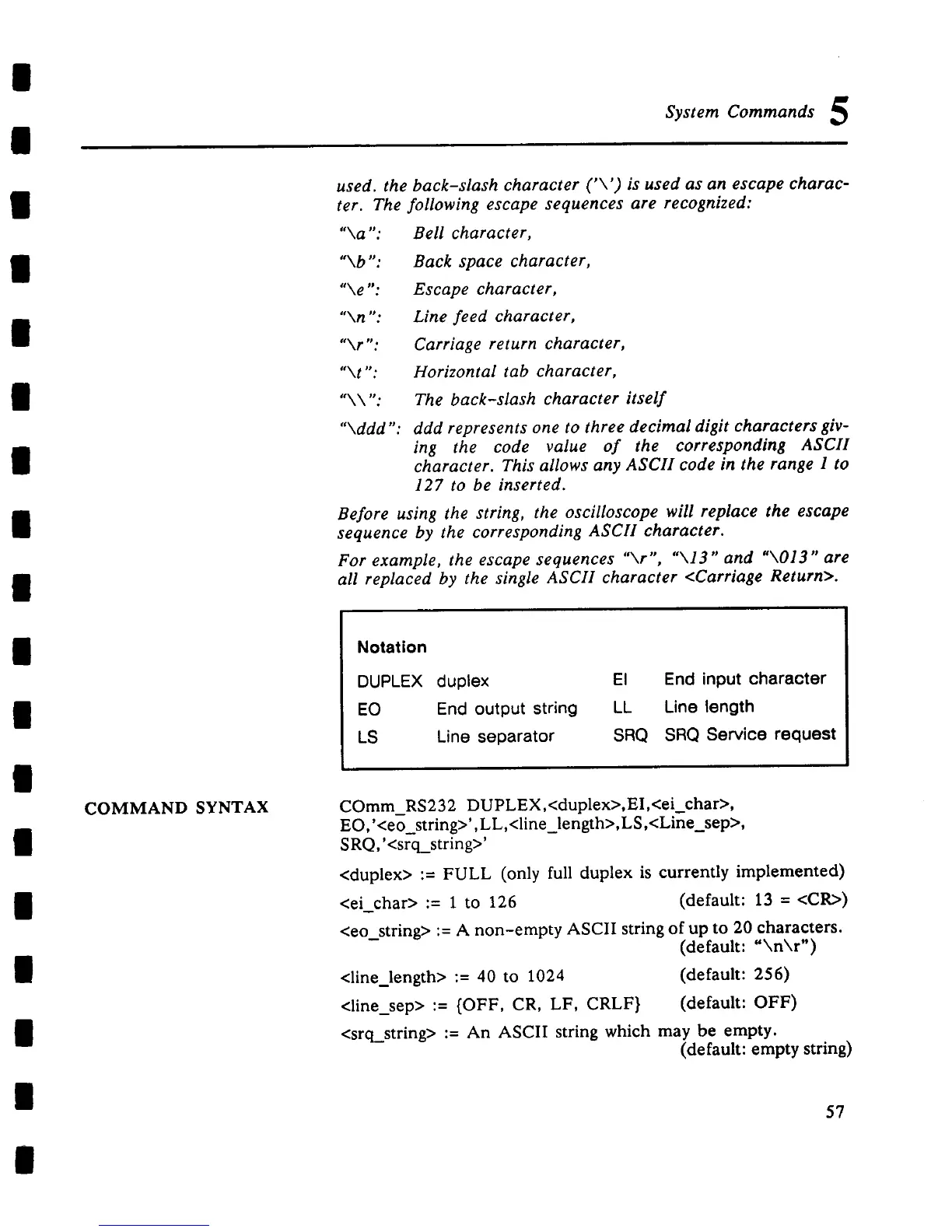